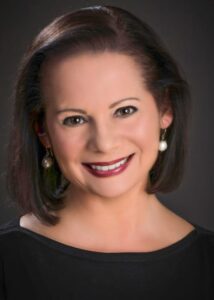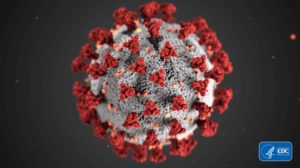Highline Public Schools Guest Blog: Trade-offs and What ifs – Leading in the Era of COVID-19
By Dr. Susan Enfield, Superintendent, Highline School District
Guest Blogger

When we made the decision in Highline to close schools in March, I found myself increasingly frustrated that conversations about planning for the fall focused primarily on logistics around protective personal equipment (PPE), seating capacity on school buses, etc. I agree that safety is paramount. I was also adamant, however, that we should be focusing on how to seize this moment to effect changes in public education that so many of us have wanted to see for so long. In the ensuing weeks and months, however, I came to the realization that I was sadly deluded. The sheer magnitude of planning for hybrid and/or distance learning proved to be more detailed and complex than I would have ever imagined. The innovative, elegant solutions I thought possible were not, given the fiscal, staffing, and safety constraints by which we were bound.
In Highline, we had the benefit of working with an incredibly talented team from McKinsey thanks to our partnership with Chiefs for Change, who has also been a tremendous partner and resource for us. Even with this technical assistance and support, however, our dedicated planning teams in Highline devoted virtually every day in June and July to developing our hybrid model and contingency plans for full-time distance learning. Every decision we made along the way elicited more questions needing to be answered. In the end, to get it right, trade-offs had to be made and practicality won out over innovation. Read More
 In our podcast, we interview policymakers, partners, and thought leaders to spotlight education policies, research, and practices so that together we can create a brighter future for every Washington student.
In our podcast, we interview policymakers, partners, and thought leaders to spotlight education policies, research, and practices so that together we can create a brighter future for every Washington student.

 Dear Friends,
Dear Friends,